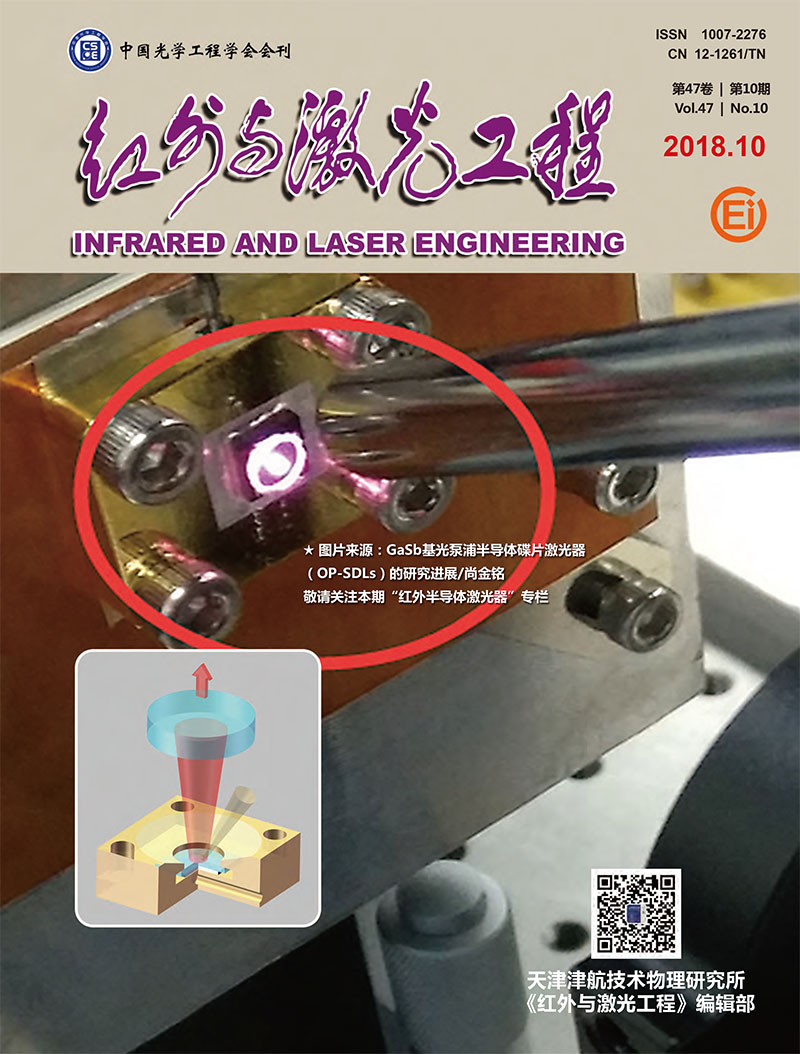|
[1]
|
Wang Shaolong, Lu Zhenzhen. Progress in tropospheric ozone diurnal variation and its precursors[J]. Chemical Management, 2016(30):33. (in Chinese) |
|
[2]
|
Yan Jixiang, Gong Shunsheng, Liu Zhishen. Lidar for Environmental Monitoring[M]. Beijing:Science Press,2001. (in Chinese) |
|
[3]
|
Coorg R P, Pierre K, Jayashree L M, et al. Tunable IR differential absorption Lidar for remote sensing of chemicals[C]//Proe SPIE, 1999, 3757:87. |
|
[4]
|
Walsh B M, Lee H R, Barnes N P. Mid infrared lasers for remote sensing applications[J]. Journal of Luminescence, 2016, 169:400-405. |
|
[5]
|
Cui Houxin, Du Zhenhui, Chen Wenliang, et al. Effect of temperature on the absorption cross-section of NO2 in 410-440 nm wavelength[J]. Journal of Tianjin University, 2008, 41(10):1162-1166. (in Chinese) |
|
[6]
|
Wei Heli, Gong Zhiben, Ma Zhijun, et al. SO2 and NO2 absorption cross section measurements in ultraviolet and visible[J]. Chinese Journal of Quantum Electronics, 2001, 18(1):16-19. (in Chinese) |
|
[7]
|
Vandaele A C, Hermans C, Fally S, et al. High resolution measurement of the NO2 visible absorption cross-section[C]//Proceedings of the EGS Symposium on Temperature and Pressure Effects, 2000. |
|
[8]
|
Bogumil K, Orphal J, Burrows J P. Temperature dependent absorption cross-sections of O3, NO2, and other atmospheric trace gases measured with the SCIAMACHY spectrometer[C]//Proceedings of the ERSENVISAT Symposium, 2000:SP-461. |
|
[9]
|
Harder J W, Brault J W, Johnsto P V, et al. Temperature dependent NO2 cross-sections at high spectral resolution[J]. J Geophys Res D, 1997, 102:3861-3879. |
|
[10]
|
Yin Shirong, Wang Weiran. Signal processing for differential absorption lidar[J]. Journal of Telemetry Tracking and Command, 2005, 26(2):9-12. (in Chinese) |
|
[11]
|
Chen Yong, Wang Yulan, Zhou Dingfu, et al. Faint signal processing of lidar based on wavelet multi-resolution analysis[J]. Laser Technology, 2005, 29(3):278-280, 283. (in Chinese) |
|
[12]
|
Guo Fei, Wang Yulan. Faint signal processing of lidar based on wavelet transform and matching filter[J]. Laser Journal, 2006, 27(4):51-52. (in Chinese) |
|
[13]
|
Cao Nianwen, Xie Yinhai, Zhu Cunxiong, et al. SO2-O3-aerosol simultaneous measurements by multi-wavelength differential absorption lidar[J]. Optical Technique, 2015, 41(4):289-295. (in Chinese) |
|
[14]
|
Zhao Gang, Jiang Xudong, Lu Xinjie, et al. Four-wavelength near and mid-infrared optical parameter oscillator based on superlattice[J]. Chinese Journal of Lasers, 2015, 42(5):0502004. (in Chinese) |
|
[15]
|
Cao Kaifa, Huang Jian, Hu Shunxing. Boundary layer ozone differential-absorption lidar[J]. Infrared and Laser Engineering, 2015, 44(10):2912-2917. (in Chinese) |
|
[16]
|
Ge Ye, Shu Rong, Hu Yihua, et al. System design and performance simulation of ground-based differential absorption lidar for water-vapor measurements[J]. Acta Physica Sinica, 2014, 63(20):204301-204301. (in Chinese) |
|
[17]
|
Fan Xiaozhi, Wang Changguang, Huang Xiaohong, et al. An inspecting technology for weak sinusoidal signal based on wavelet analysis and multi-layer autocorrelation[J]. Computer Applications Software, 2007, 24(5):40-41. (in Chinese) |
|
[18]
|
Chen Mingkui, Liu Zhengping. The detection of weak sinusoidal signal by multi-layer auto correlation[J]. Noise and Vibration Control, 2006, 26(5):28-30. (in Chinese) |









 DownLoad:
DownLoad: